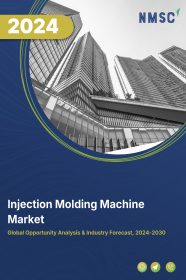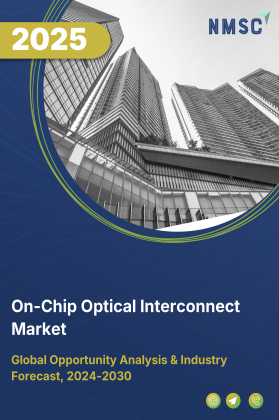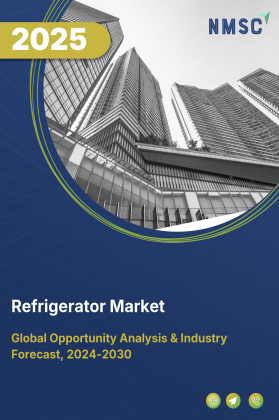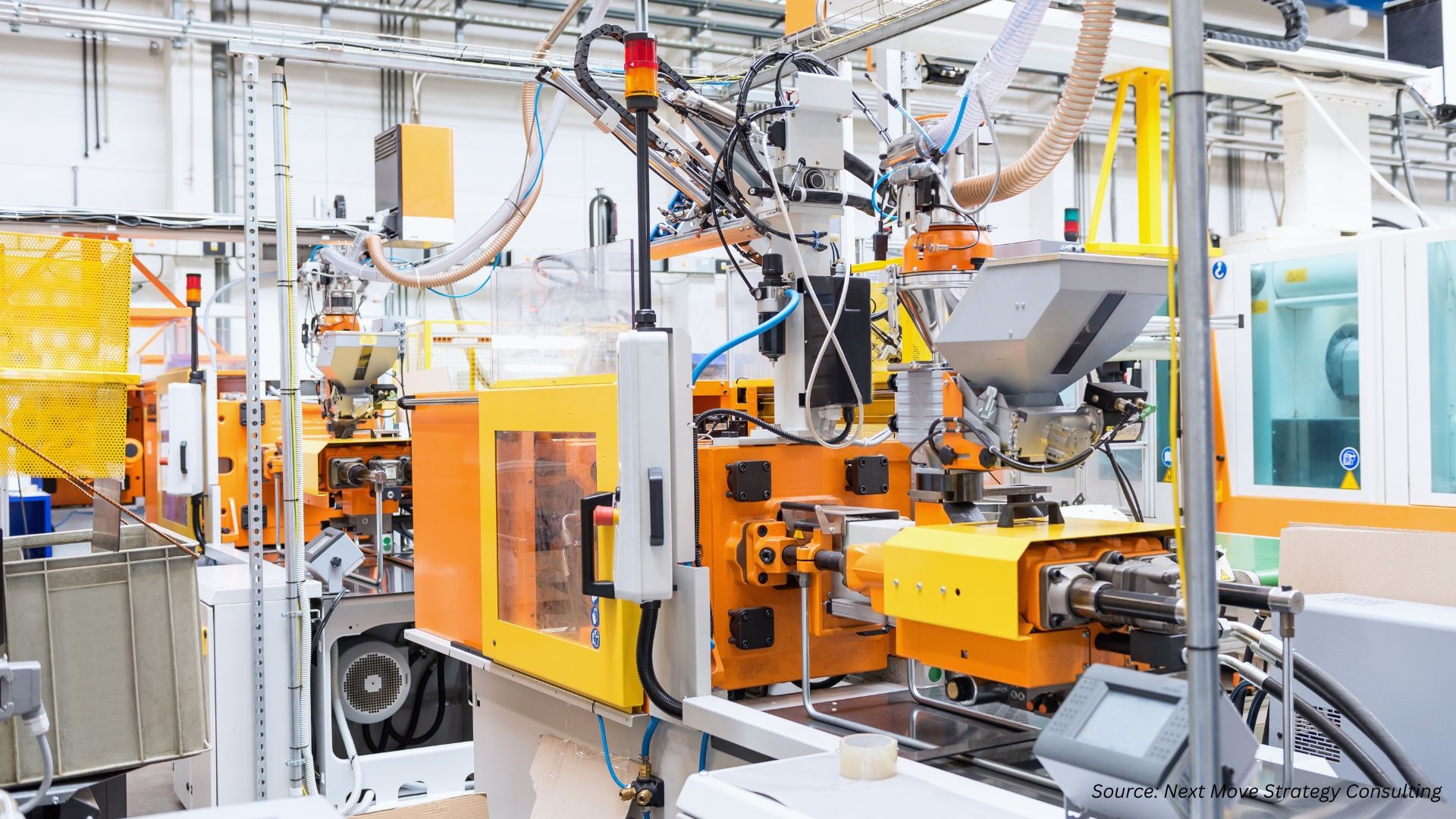
Injection Molding Machine Market by Product Type (Plastic, Rubber, Metal, Ceramic, and Others), by Machine Type (Hydraulic, All-electric, and Hybrid), by Clamping Force (Below 200 Tons, 200–500 Tons, and Above 500 Tons), by Business Type (New Sales and Aftersales), by End-User (Automotive, Packaging, Electronics, Healthcare, Consumer Goods, Toy Making, Building and Construction, Home Appliances, and Others) – Global Opportunity Analysis and Industry Forecast, 2024–2030
Industry: Semiconductor & Electronics | Publish Date: 05-Jun-2025 | No of Pages: 824 | No. of Tables: 612 | No. of Figures: 577 | Format: PDF | Report Code : SE885
Market Overview
The Injection Molding Machine Market size was valued at USD 13.07 billion in 2023, and is expected to reach USD 17.22 billion by 2030, with a CAGR of 3.7% from 2024 to 2030. An injection molding machine, also referred to as an injection molder, is a sophisticated industrial apparatus designed for the precise and controlled injection of molten plastic material into a mold cavity. It melts the plastic resin and forces it into a mold under high pressure. Injection molding machines are essential tools for producing various plastic parts and products across various sectors, including automotive, consumer goods, electronics, medical devices, and others.
Shift Toward Lightweight and High-Performance Components Drives the Market Growth
The shift toward lightweight and high-performance components has created a significant demand for injection molding solutions. This demand is projected to grow as industries prioritize weight reduction for their products. With injection molding, it is possible to craft detailed designs using lightweight materials.
In the automotive and aerospace sectors, stringent regulations on emissions and fuel efficiency have steered manufacturers toward developing vehicles with reduced weight. Lightweight materials, such as advanced plastics and composites, are effectively molded using injection molding processes to create components that contribute to overall vehicle weight reduction.
The demand for lightweight components extends beyond transportation industries. Consumer electronics and packaging sectors benefit from injection molding's capacity to produce lightweight yet durable casings, enclosures, and housings. As electronic devices become more portable and packaging becomes more eco-friendly than before, the ability of injection molding to create intricate designs with reduced material usage becomes invaluable.
Moreover, while lightweight components offer substantial benefits, it presents challenges in maintaining strength and durability. Injection molding addresses these challenges through advanced materials, innovative mold designs, and optimized processing parameters. Manufacturers are investing in research and development activities to create materials that are both lightweight and possess the required mechanical properties. This, in turn, drives the growth of the injection molding machine market.
Sustainability and Waste Reduction Concerns To Elevate the Growth of the Market
In an era in which environmental concerns are paramount, injection molding is a sustainable manufacturing solution. The methodology inherently minimizes material wastage during production, reducing the environmental impact. This alignment with eco-conscious ideologies positions injection molding as a fundamental pillar for industries dedicated to minimizing the environmental impact and acting responsibly for the planet.
By accurately injecting molten material into the mold cavity, it maximizes the yield of usable parts while minimizing excess material. This helps reduce material waste more efficiently compared to traditional subtractive manufacturing methods, such as CNC machining. The result is a manufacturing process that conserves raw materials and lessens the burden on waste disposal systems.
Moreover, the energy efficiency of injection molding resonates with sustainability goals. The process consumes less energy than certain alternative manufacturing techniques, mitigating greenhouse gas emissions and contributing to energy conservation efforts. Furthermore, continuous innovation in material science and molding technology enhances the ability to deliver sustainable solutions without compromising performance.
Technological Complexity Hinders the Market Growth
The multifaceted intricacies embedded within the injection molding machines can be both a boon and a challenge, demanding a high level of technical expertise that can sometimes be challenging to secure. Manufacturers often struggle with the need for skilled personnel to navigate these complexities effectively.
This is crucial for maximizing machine performance and ensuring precise manufacturing. The challenge is particularly noticeable for companies with a shortage of experienced technicians. The complex interaction of mechanics, controls, and software demands a high level of competence to ensure smooth operations and address technical issues.
The Introduction of Customized and Personalized Products Creates New Opportunities
A significant factor expected to create substantial market opportunities for injection molding machines in the future is the rise in demand for customization and personalized products. This trend is becoming evident across various industries, ranging from consumer goods to electronics. Injection molding machines are at the forefront of catering to this trend.
Machines that can quickly switch between different molds and efficiently produce small batches can empower manufacturers to fulfil the demands for customization and develop products with specific requirements and preferences. Whether it involves creating custom-designed consumer goods or producing electronics with unique features, injection molding machines equipped with such versatility are crucial for fulfilling consumers’ demands. Such demands create new opportunities for the market growth.
Asia-Pacific Holds the Dominant Market Share in the Market
Asia-Pacific holds the largest market share for injection molding machines globally, boasting a market value of USD 7.12 billion in 2022. This is driven by the strategic expansion of manufacturing facilities by renowned regional players. This helps market players to meet the growing demand for injection molding machines more efficiently and effectively in the region.
For instance, in February 2023, Sumitomo (SHI) Demag China announced the construction of its new 43,000 square-feet facility to double the injection molding machine production in China.
Moreover, as the automotive industry continues to expand and diversify in the region, the demand for high-quality injection molding solutions remains steadfast, contributing significantly to the industry's growth. Japan's automotive industry enjoys a worldwide reputation for its innovation and exceptional quality. It stands as the world's third-largest automotive producer, operating 78 factories across 22 prefectures and providing employment to over 5.5 million individuals.
Furthermore, partnership and collaboration strategies by various local and global players have emerged as significant drivers in the Asia-Pacific injection molding machine industry. For instance, in December 2022, SOLIZE India Technologies, a subsidiary of SOLIZE Corporation, announced a partnership with Toray Engineering D Solutions to supply 3D injection molding machines for the Indian market.
The Rest of the World (ROW) Market is Expected to Show Steady Growth In the Global Market
The rising initiatives taken by the governments in various countries of the rest of the world (ROW) region to promote the automotive sector play a pivotal role in driving the growth of the injection molding machine industry. For instance, in September 2022, Argentina's government enacted tax and regulatory benefits for its automotive industry to promote investment and boost exports.
The law grants tax benefits for investments in machinery and infrastructure to manufacturers of vehicles and auto parts and eliminates export tariffs for production under the new regime. These initiatives contribute to the expansion of the manufacturing ecosystem, propelling the demand for advanced machinery such as injection molding machines.
In addition, United Arab Emirates (UAE) has emerged as a key player in various industries, including automotive, electronics, packaging, and consumer goods. As the UAE's manufacturing landscape continues to evolve and diversify, the demand for advanced injection molding solutions remains strong, catering to both local production and international trade demands.
For instance, in June 2023, the Abu Dhabi Department of Economic Development launched the Smart Manufacturing Incentive Program. It aims to assist small and medium-sized enterprises (SMEs) in the industrial sector transformation toward smart manufacturing.
Competitive Landscape
Several market players operating in the injection molding machine market include Hillenbrand, Inc., Sumitomo Heavy Industries, Ltd., The Japan Steel Works, Ltd., Nissei Plastic Industrial Co., Ltd., Ube Industries, Ltd., ENGEL Austria GmbH, ARBURG GmbH + Co KG, Haitian International Holdings Limited, Husky Injection Molding Systems Ltd., KraussMaffei Group GmbH. These market players are adopting strategies, such as product launches, across various regions to maintain their dominance in the injection molding machine market.
For instance, in November 2021, Ube Machinery Corporation, Ltd., a consolidated subsidiary of Ube Industries, Ltd., launched the new 1600 em III injection molding machine. This innovation significantly impacted the injection molding machine market by offering space-saving, lower profile, and industry-leading energy-saving features that cater to the growing demand for sustainable and efficient manufacturing solutions.
Moreover, in April 2023, Japan Steel Works, Ltd. launched the JLM3000-MGIIeL, the world's largest magnesium injection molding machine with a massive 3,000-ton mold clamping force. This innovation drives the market growth by pushing the boundaries of molding capabilities and expanding opportunities for large-scale production.
Key Market Segments
By Product Type
-
Plastic
-
Thermoplastics
-
Thermosets
-
-
Rubber
-
Metal
-
Powder
-
Liquid
-
-
Ceramic
-
Others
By Machine Type
-
Hydraulic
-
All-electric
-
Hybrid
By Clamping Force
-
Below 200 Tons
-
200–500 Tons
-
Above 500 Tons
By Business Type
-
New Sales
-
Aftersales
By End-User
-
Automotive
-
Interior
-
Trim
-
Exterior
-
Others
-
-
Packaging
-
Caps and Closures
-
Thin-wall Containers
-
Lids
-
Personal Care
-
Containers
-
PET Preforms
-
Others
-
-
Electronics
-
Healthcare
-
Consumer Goods
-
Toy Making
-
Building and Construction
-
Flooring
-
Windows
-
Doors
-
Others
-
-
Home Appliances
-
Others
By Region
-
North America
-
The U.S.
-
Canada
-
Mexico
-
-
Europe
-
The U.K.
-
Germany
-
France
-
Spain
-
Italy
-
Netherlands
-
Denmark
-
Finland
-
Norway
-
Sweden
-
Russia
-
Rest of Europe
-
-
Asia-Pacific
-
China
-
Japan
-
India
-
Australia
-
South Korea
-
Thailand
-
Singapore
-
Rest of Asia-Pacific
-
-
Rest of the World (RoW)
-
Latin America
-
Middle East
-
Africa
-
Key Players
-
Hillenbrand, Inc.
-
Sumitomo Heavy Industries, Ltd.
-
The Japan Steel Works, Ltd.
-
Nissei Plastic Industrial Co., Ltd.
-
Ube Industries, Ltd.
-
ENGEL Austria GmbH
-
ARBURG GmbH + Co KG
-
Haitian International Holdings Limited
-
Husky Injection Molding Systems Ltd.
-
KraussMaffei Group GmbH
REPORT SCOPE AND SEGMENTATION:
|
Parameters |
Details |
|
Market Size in 2023 |
USD 13.07 Billion |
|
Revenue Forecast in 2030 |
USD 17.22 Billion |
|
Growth Rate |
CAGR of 3.7% from 2023 to 2030 |
|
Analysis Period |
2023–2030 |
|
Base Year Considered |
2023 |
|
Forecast Period |
2024–2030 |
|
Market Size Estimation |
Billion (USD) |
|
Growth Factors |
Shift toward lightweight high high-performance components Sustainability and waste reduction concerns |
|
Countries Covered |
26 |
|
Companies Profiled |
10 |
|
Market Share |
Available for 10 companies |
|
Customization Scope |
Free customization (equivalent up to 80 working hours of analysts) after purchase. Addition or alteration to country, regional, and segment scope. |
|
Pricing and Purchase Options |
Avail customized purchase options to meet your exact research needs. |




















 Speak to Our Analyst
Speak to Our Analyst

























